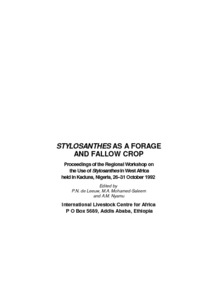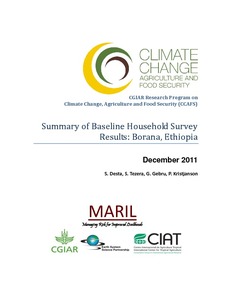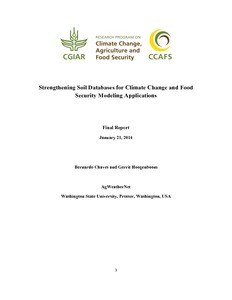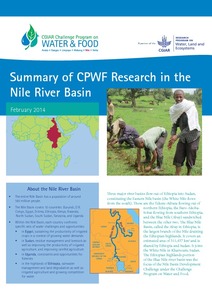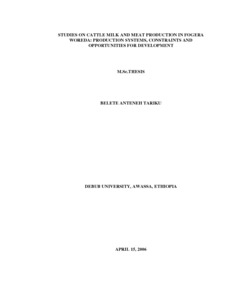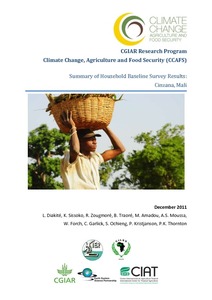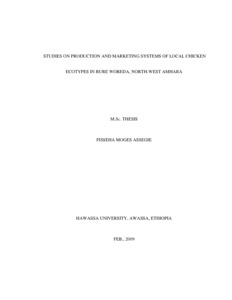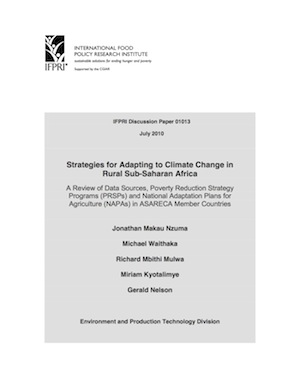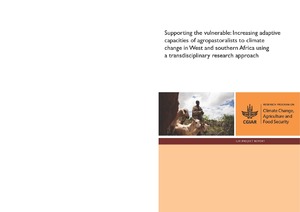Stylosanthes as a forage and fallow crop. Proceedings of a regional workshop on the use of Stylosanthes in West Africa
This report is divided into seven sections. The first section deals with biology of Stylosanthes and its importance in West Africa and Latin America. The second section presents papers on the screening and evaluation of Stylosanthes germplasm. This includes genetic diversity, genetic resources, species screening, multi-locational testing and evaluation of accessions. The third part discusses the dynamics, nutrient requirements, and pests and diseases of Stylosanthes species. Section four looks at Stylosanthes-based pastures for livestock production.

